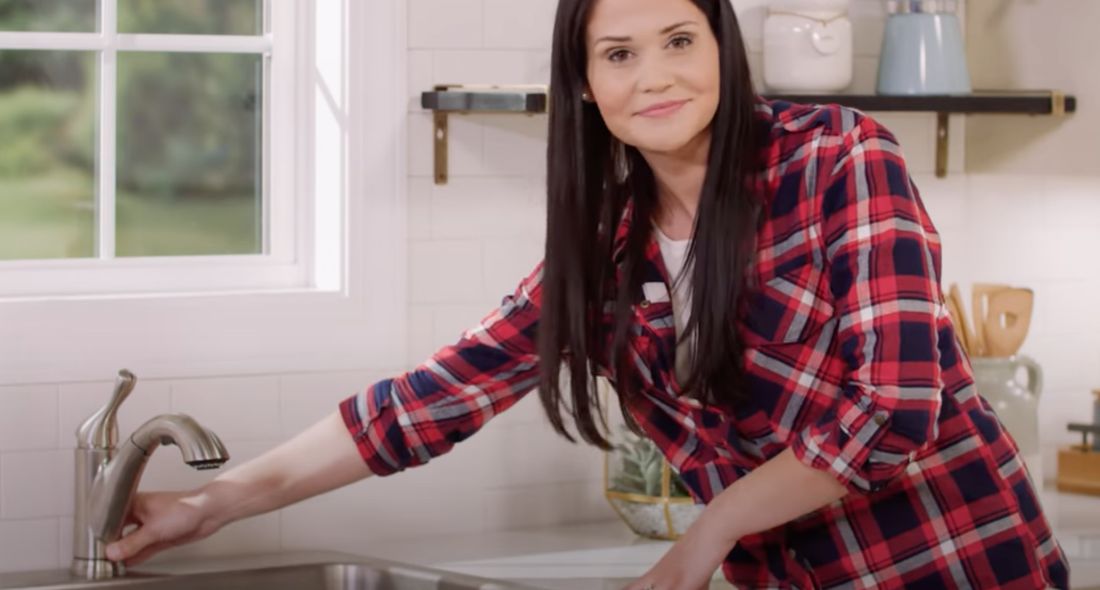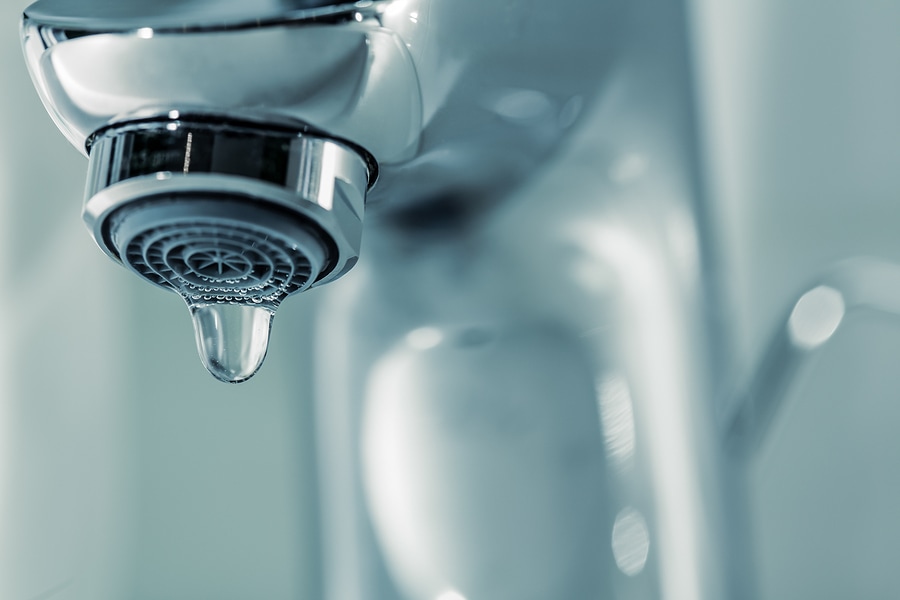Discovering the Significance of Addressing a Leaking Faucet
Discovering the Significance of Addressing a Leaking Faucet
Blog Article
Have you been hunting for advice involving Why Is It Important To Fix Your Leaking Tap/Faucet??

Leaking taps could feel like a minor inconvenience, but their effect exceeds just the nuisance of the sound. From wasting water to incurring unnecessary financial costs and health and wellness dangers, ignoring a dripping faucet can bring about numerous effects. In this write-up, we'll look into why it's vital to resolve this common household problem quickly and effectively.
Wastage of Water
Ecological Effect
Dripping taps add considerably to water wastage. According to the Epa (EPA), a solitary tap trickling at one drip per second can squander more than 3,000 gallons of water annually. This not just stress water sources however likewise impacts ecological communities and wild animals depending on them.
Step-by-Step Guide to Dealing With a Dripping Faucet
Devices Called for
Before trying to fix a leaking tap, collect the required tools, consisting of a flexible wrench, screwdrivers, replacement components (such as washing machines or cartridges), and plumber's tape.
Common Faucet Issues and Their Solutions
Recognize the sort of faucet and the particular problem triggering the drip. Usual troubles consist of damaged washing machines, rusty valve seats, or defective O-rings. Describe maker guidelines or on-line tutorials for detailed support on fixings.
Financial Prices
Boosted Water Expenses
Past the ecological effect, leaking faucets can blow up water costs significantly. The collected waste gradually equates into greater energy expenses, which can have been prevented with timely repairs.
Potential Property Damage
In addition, extended dripping can cause damage to components and surfaces bordering the faucet. Water build-up can cause discoloration, rust, and also structural problems if left unattended, leading to added repair work prices.
Health Worries
Mold And Mildew and Mildew Growth
The consistent visibility of moisture from a leaking tap creates an optimal setting for mold and mildew and mildew growth. These fungi not only jeopardize interior air quality but likewise position wellness threats, specifically for people with respiratory system problems or allergies.
Waterborne Illness
Stationary water in leaking taps can come to be a breeding place for microorganisms and various other microorganisms, enhancing the risk of waterborne illness. Pollutants such as Legionella microorganisms prosper in stagnant water, potentially leading to severe health problems when consumed or inhaled.
Do it yourself vs. Expert Repair
Benefits and drawbacks of Do It Yourself Fixing
While some might try to fix a dripping faucet themselves, DIY fixings feature their very own set of challenges. Without proper expertise and tools, DIY efforts can exacerbate the problem or cause insufficient repair work, extending the problem.
Advantages of Working With a Professional Plumber
Working with a professional plumber ensures that the underlying cause of the trickling faucet is resolved efficiently. Plumbings have the competence and equipment to detect and repair tap issues effectively, conserving time and minimizing the danger of further damages.
Ecological Responsibility
Private Payment to Conservation
Taking obligation for dealing with dripping faucets straightens with more comprehensive efforts toward water conservation and environmental sustainability. Every person's activities collectively make a significant effect on maintaining priceless resources.
Sustainable Living Practices
By prioritizing timely fixings and taking on water-saving behaviors, individuals add to lasting living techniques that profit both existing and future generations.
Safety nets
Regular Maintenance Tips
To prevent leaking taps, carry out routine upkeep such as cleaning up aerators, examining for leaks, and replacing damaged components quickly. Additionally, consider installing water-saving devices or updating to a lot more effective fixtures.
Significance of Prompt Services
Addressing dripping taps as soon as they're noticed protects against further water waste and possible damages, eventually conserving both water and cash over time.
Effect On Property Value
Assumption of Well-Maintained Home
Preserving a property in good condition, consisting of resolving upkeep problems like dripping taps, improves its viewed worth and worth among potential purchasers or lessees.
Influence on Resale Value
Qualities with well-kept plumbing components, including faucets, command greater resale worths in the property market. Attending to leaking faucets can contribute to a favorable impression throughout building assessments and negotiations.
Final thought
Resolving a leaking faucet exceeds mere benefit; it's a crucial step toward preserving water, reducing financial costs, and protecting health and wellness and property. Whether through DIY repair work or expert help, doing something about it to deal with dripping faucets is a small yet impactful way to promote responsible stewardship of resources and contribute to a healthier, more lasting future.
How to Fix a Leaky Faucet: Step-by-Step Repair Guide
A leaky faucet may seem like a simple annoyance, but if it's not fixed promptly, that leak could cost hundreds to potentially thousands. From water damage to mold, mildew, and high water bills, even a tiny leak can be catastrophic if left unattended. Damage like this can even affect the overall value of your home, so it's important to take the right approach for leaky faucet repair. You may need the help of a plumber in some cases, but we've got a few tips you can try on how to fix a leaky faucet before calling the pros.
Four Faucet Types
When you're learning how to fix a leaky faucet, the first step is knowing what kind of faucet you're working with! There are four common types.
Cartridge Faucets
Cartridge faucets come in one- or two-handled varieties. In one-handled cartridge faucets, hot and cold water combines in a single cartridge. In the two-handled versions, hot and cold water are controlled separately and mixed in the faucet.
Ball Faucets
Ball faucets have a single lever you push up and down to adjust the pressure and rotate to change the temperature. A slotted metal ball controls the amount of water allowed into the spout.
Compression Washer Faucets
They're the oldest type of faucet, but they're still used in many homes — especially older ones. Compression faucets have two separate handles that, when turned, raise or lower the washer that seals a water valve. This valve stops water from flowing through the faucet when it is turned off.
Disc Faucets
Disc faucets rarely need to be repaired due to their maintenance-free design. The water flow is controlled by two discs — the upper one raises and lowers against a fixed lower disc, creating a watertight seal. If your disc faucet starts leaking, you may need to replace the seals or clean residue buildup from the inlets.
Fixing a Leaky Faucet
Step 1: Turn Off the Water
Whether you're learning how to fix a leaky bathtub faucet or how to fix a leaky kitchen faucet, always turn off the water supply to your working area when you're fixing a leak. The last thing you want is a flood added to your list of things to fix.
Look for the shutoff valves below your sink or around the tub and turn them clockwise to stop the water flow. If your faucet doesn't have shutoff valves, you may need to turn off the water for the whole house. Check to make sure it's off by turning the faucet on. If nothing comes out, you're ready to start the repair.
Step 2: Take Apart the Faucet
How you disassemble your faucet depends on the type of fixture you have. You can use a flathead screwdriver to remove the caps on top of the handle or handles for cartridge and compression faucets. Inside, you should see handle screws. Unscrew these with a screwdriver to remove the handle.
Disc- and ball-style faucets will typically have an inlet screw near the handle, and removing that will reveal the interior of the faucet.
Detach the Valve Stem
For cartridge- and compression-style faucets, you'll see the inner valve stem or cartridge once you remove the faucet handles. If you have a compression faucet, unscrew the brass valve stem. If you have a cartridge faucet, pull out the cartridge. If your cartridge has been in place for a while, it may require some tools or extra force to remove it due to mineral deposits.
Examine and Replace Parts
Once you've removed the parts, check them out to confirm what needs to be replaced. You may see corroded rubber washers, O-rings, stems, or cartridges. On a ball-style faucet, check the seats and springs for damage.
If you need to repair a leaky disc faucet, check the inlet and seals on the lower disc.
Once you determine what parts must be replaced, visit your local hardware store. Bring the damaged parts with you to ensure you can purchase the correct components to replace them.
Clean Valves and Faucet Cavity
If you've removed a stem or cartridge, you may notice mineral buildup in the faucet's threads. Use white vinegar to clean the valve seat by soaking it for a few minutes, then scrub it away with a soft toothbrush and rinse with warm water. You can also clean the interior of the faucet in the same way.
Reassemble the Faucet
Once your faucet is cleaned and the required parts have been replaced, it's time to reassemble it. Put the pieces back together and slowly turn the water supply back on. Doing this slowly is crucial because too much initial water pressure can damage the new hardware you've just installed.
https://homewarranty.firstam.com/blog/how-to-fix-leaky-faucet

We had been shown that article about 4 Common Reasons for a Leaky Faucet from someone on our other web address. Feel free to set aside a second to share this article if you appreciated it. We truly appreciate your readership.
Report this page